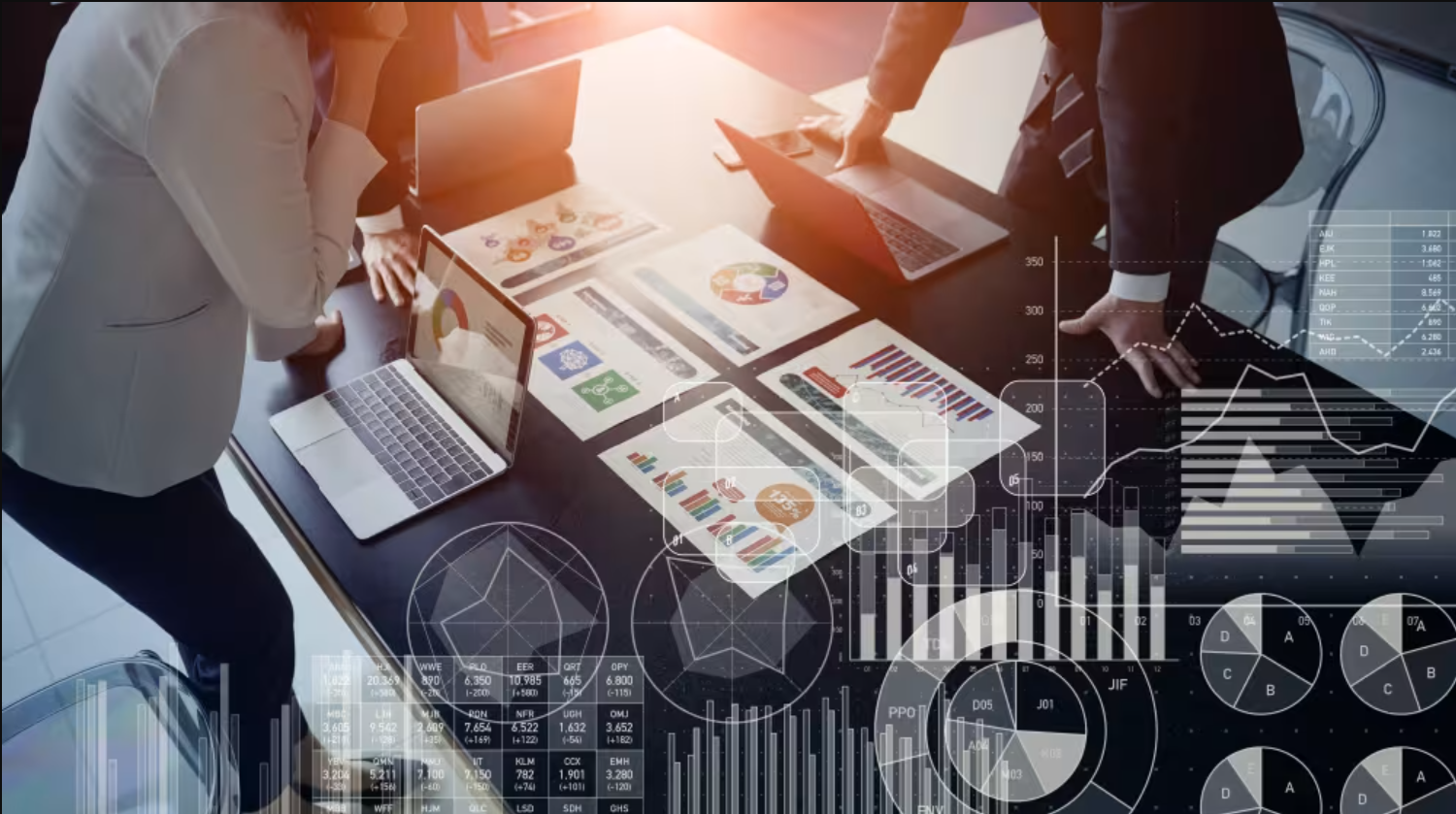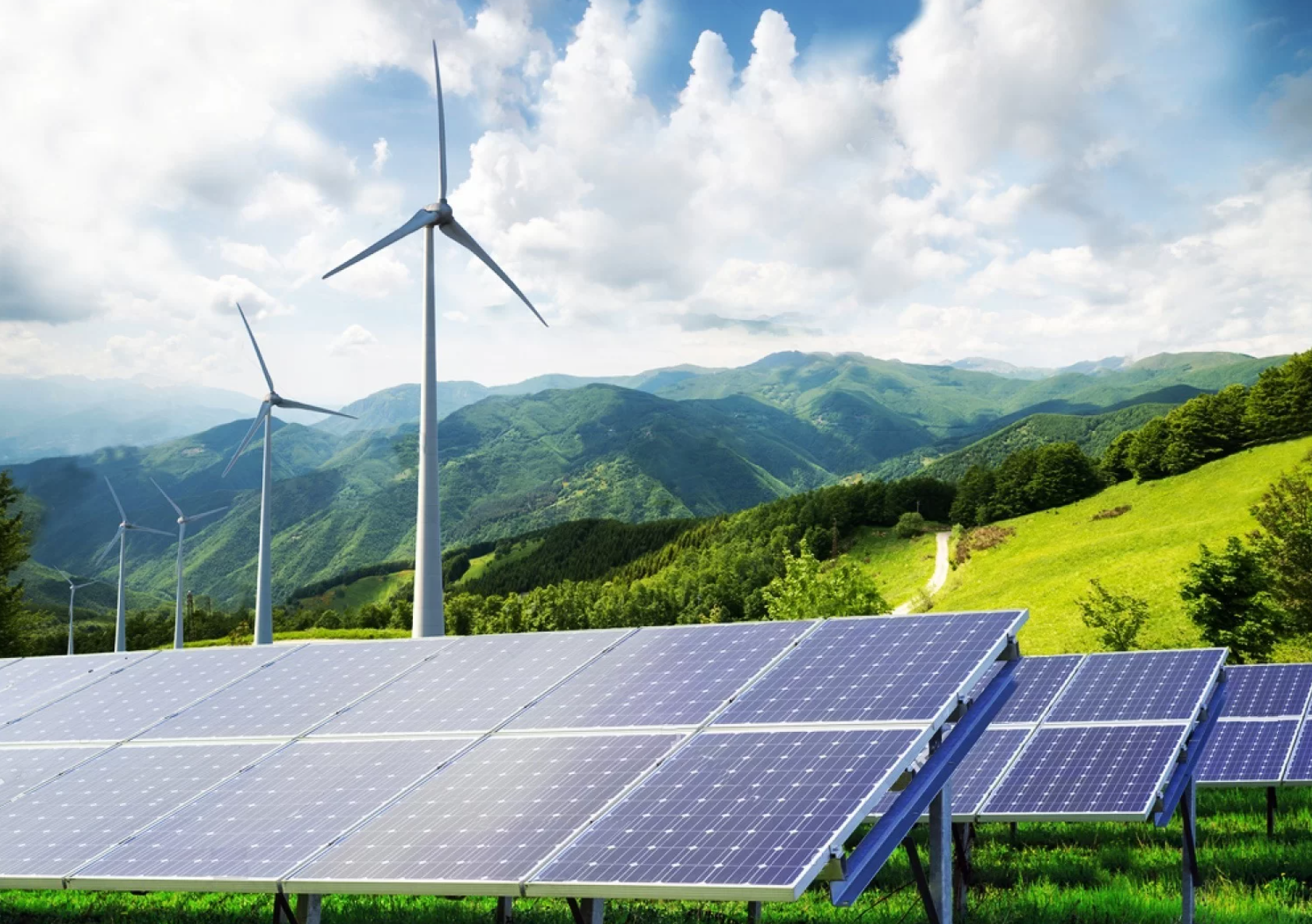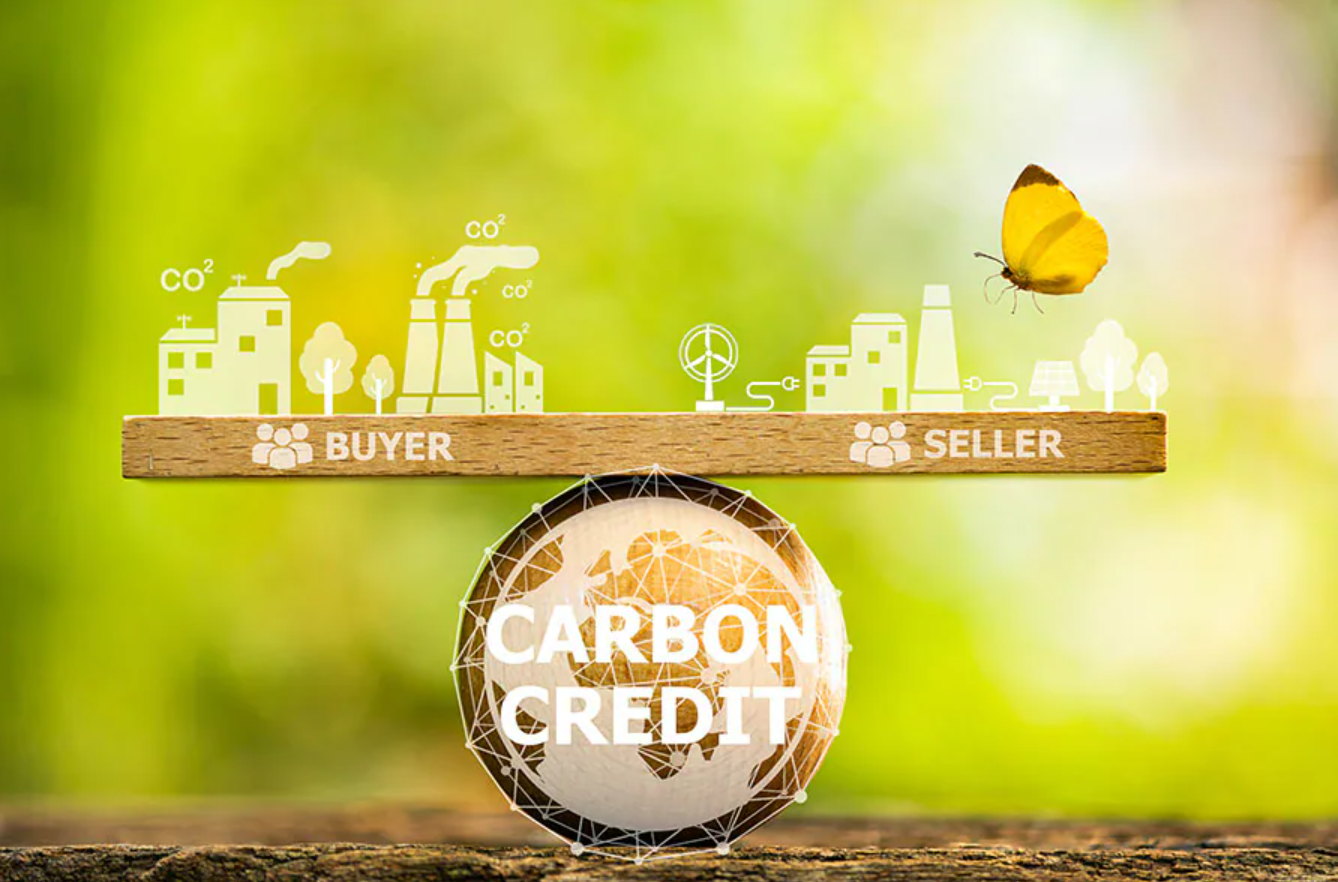



Fireside chat with Hortense Bioy,
Morningstar Sustainalytics’ Head of Sustainable Investing Research.
- Hortense Bioy, Morningstar Sustainalytics’ Head of Sustainable Investing Research
Back to main blog pageEmma Latham-Jones: It’s a pleasure to have you hear, Hortense! My first question is about your responsibilities as the Head of Sustainable Investing Research at Morningstar Sustainalytics. What does that look like?
Hortense Bioy: I lead a team of analysts whose main mandate is to help all types of investors better understand the ESG and sustainable investment space to make better-informed decisions. As we know, the journey towards investing more responsibly has been quite a long and complex one!
ELJ: Agreed! What key trends are you currently observing in the ESG and sustainable investing space?
HB: There are many trends. It has become clearer to finance professionals that climate change is a distinct topic within the broader ESG framework. While ESG encompasses a wide range of issues, investors are increasingly interested in focusing specifically on climate-related factors. We’re seeing a growing emphasis on how companies and countries can achieve net zero emissions by 2050 and what that means for investors as they create their portfolios.
When building portfolios, more investors are now considering both the risks and the opportunities arising from climate change as it is increasingly clear that climate change will create both winners and losers. We need to see faster and more widespread action. Transition plans have become a frequent topic of discussion, especially with new regulations like the EU’s Corporate Sustainability Reporting Directive (CSRD) this year, which require companies to have a transition plan. When investors engage with companies, they want to know how these companies plan to reduce their emissions. They are particularly interested in whether these companies have credible targets and the type of actions they’re putting in place to meet these targets.

ELJ: When you’re assessing whether these companies have credible targets and transition plans, how do you ensure the independence and integrity of the research produced by your team?
HB: Our work is data-driven, relying heavily on the quality of our datasets. Ensuring the independence and integrity of our research involves thoroughly understanding the data we use and ensuring its quality. We carefully vet the data, test it, and comprehend its limitations and gaps. Given that mandatory ESG data disclosure and global standards are still in their infancy, a lot of ESG data is estimated, and it's crucial to have robust methodologies to fill the gaps. We assess and analyse the data meticulously. From this data, we create insights that investors and regulators can use to understand what's happening in the market.
ELJ: You’ve mentioned the arrival of CSRD this year - how has the approach to ESG integration evolved since you joined Morningstar in 2010?
HB: I joined Morningstar in 2010, but I've been involved in ESG since 2017, and in that time, I've observed significant changes. Most of the regulation has been happening in Europe, with the EU leading the way. Asia is looking to Europe to learn and develop their own frameworks. In addition to local regulations, there are global initiatives such as the Task Force on Climate-related Financial Disclosures (TCFD), the International Sustainability Standards Board (ISSB) and the Task Force on Nature-related Financial Disclosures (TNFD), which aim to build international standards. A major need has been for interoperability and building a common language. It’s a journey and it will take a few more years to become a reality.
Over the past decade, ESG has evolved from being a niche concept to becoming mainstream. ESG integration has become standard practice, where we consider all material ESG factors when analysing companies. The focus is now shifting towards sustainability outcomes and impact: investors are increasingly interested in understanding the tangible outcomes of their ESG investments.
The CSRD and its double materiality framework are significant developments in the ESG world as they go further than the traditional (financial) materiality disclosure framework. Companies doing business in the EU, including those that domiciled outside of the EU, will be required to disclose not only how they’re affected by key environmental and social issues, which are risk factors, but also how they affect environmental and social issues such as climate change, water resources, local communities, and consumers.

Assessing a company’s ESG risks and opportunities through a double materiality lens is critical because something not financially material today could become so in the future. Businesses also need to be aware of their broader impact to avoid missing crucial aspects. This shift forces companies to think beyond short-term gains and adopt longer-term perspectives.
ELJ: How do you think we should balance the performance expectations of investors with the impact goals of sustainable investing?
HB: It depends on the type of investor you are! There isn't a single type of investor; everyone approaches this from different angles and aims to achieve different goals. For example, if you're looking to generate alpha, you'll focus on specific types of assets or strategies. Climate considerations cut across all asset classes, allowing investors to find varying risk-return profiles with impacts. Increasingly, investors are looking to finance the transition through thematic bonds like green bonds. With bonds with use of proceeds, it is easier to quantify the impact of an investment compared to listed equities.
ELJ: Are you able to provide examples of ESG funds that have demonstrated both strong performance and positive impact?
HB: It's important to recognize that no investment performs well in all market environments. The performance of ESG funds can depend heavily on the macroeconomic context. For example, renewable energy stocks have seen varying returns; they experienced strong gains from 2019 to 2021, followed by a period of poor returns since early 2022 due mostly to high inflation and high interest rates.

ELJ: What are some of the most significant changes you’ve seen in the ETF and index fund markets over the past decade from an ESG perspective?
HB:One of the most significant changes is the improvement in data availability and quality, which has allowed to create a large number of new and innovative ESG indices and as a result, also more index-tracking investment products. This enhanced data also helps investors make better assessments, with a growing emphasis on forward-looking data. Historically, investment decisions have been based on backward-looking data, but now we're incorporating more predictive analyses, such as scenario analyses. Although forward-looking data is inherently filled with assumptions, it provides valuable insights into where companies may be heading, especially concerning climate impact. The EU taxonomy plays a crucial role in identifying potential future leaders and laggards in this space.
ELJ: How do you foresee the role of sustainable investing evolving in the next 5-10 years?
HB: Sustainable investing will continue to evolve and the role it plays in the world will depend on multiple factors, including politics, regulation, social trends, and technology. Regulation will continue to play a pivotal role. We hope to soon speak a unified language across the industry, enabling investors to make better informed decisions. New datasets are being developed, with nature and biodiversity as the next frontiers, closely linked to climate issues. On the social front, the EU is drafting a social taxonomy, though it faces challenges due to the complexity of these topics and differing views. Achieving consensus on social factors is undoubtedly more challenging than on environmental ones. The focus on fundamental issues, such as democracy and living in a free world, becomes paramount during times of geopolitical strife. These concepts evolve quickly, and there is still a lot of education needed.
ELJ: What are the biggest challenges facing the sustainable investing industry today?
HB: One of the biggest challenges is political. Sustainability is a long-term issue, and many environmental and social issues aren’t seen as priorities for politicians and even for many businesses. Take climate change: it’s the ultimate long-term problem in a world consumed by short-term crises. In this election year, we’ve seen many countries backtrack on many commitments related to climate policy.
Another big challenge for sustainable investing is being able to identify and manage trade-offs, both between environmental and social factors and within each pillar. That's why disclosure is crucial—it helps investors understand these trade-offs more clearly.
ELJ: Where do you see the greatest opportunities for growth and innovation within ESG funds?
HB: A key opportunity lies in providing investors access to new asset classes such as private equity, infrastructure and real estate, where opportunities abound. However, access to these opportunities has been limited for many investors due to issues like illiquidity. In the UK and US, instruments are being developed to allow pension funds and other investors to participate in private markets. We also need more blended finance projects and greater investment in emerging markets, which are often riskier and less transparent. Ensuring these markets receive the necessary finance is crucial for the transition. Carbon offsets, despite receiving bad press, offer significant benefits for developing markets. Improving the integrity of this market is essential, as carbon offsets are vital for achieving net zero.

ELJ: What upcoming projects or initiatives at Morningstar Sustainalytics are you most excited about?
HB:We are excited about continuing to provide the necessary data, metrics, and analytics to help investors make sense of transition plans and engage in effective stewardship strategies. We're also focusing on the CSRD and the EU taxonomy. Additionally, we're exploring how to further leverage AI in data collection, research and reporting.